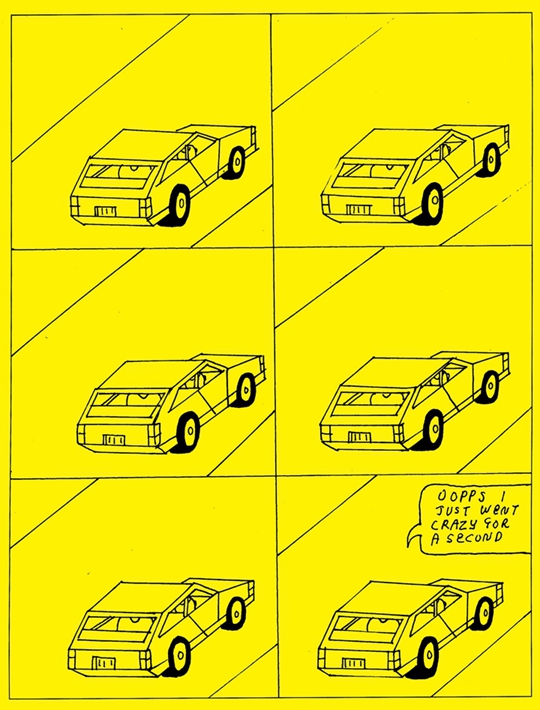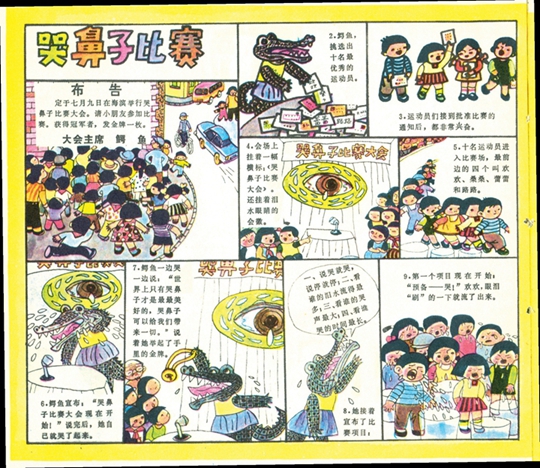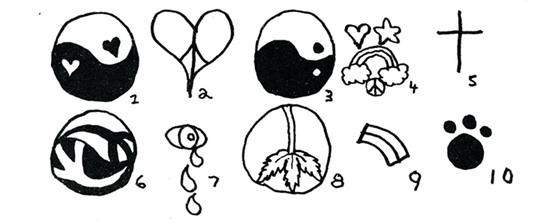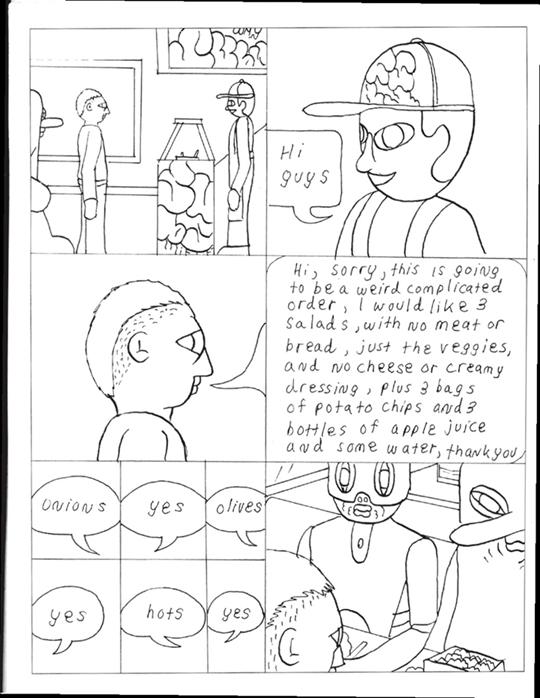ONE MAN’S PAPER RAD
| June 30, 2015 | Post In 2015年6月号

For one Chinese artist, Wen Ling, the work of American art collective Paper Rad has exerted an enormous impact through his discovery of their work, unmediated by third-party interpretations.

Wen Ling’s father was a comic book artist whose work was influenced by Soviet illustration; when he was young, the house was littered with piles of comics. Wen believes Paper Rad’s work approaches the aesthetic of those childhood comic books, avoiding the inevitable Japanese styles of later influences. They share a tendency not to stress plot, whereas Japanese comics focus more on plot and storyboard by emphasizing changes in the reader’s point of view from frame to frame, as in film. Wen’s father made comics made for young children; stories were kept as simple as possible. He hoped young readers would slowly discover the details of each picture as they flipped through the pages, more like a painter than a filmmaker. Similarly, Paper Rad’s six-frame comics come together in layout like one complete picture.

Paper Rad simplifies to the extreme, reducing their work to the most minimal possible understanding of what painting might be: an arrangement of lines and shapes. For Wen Ling, simplicity dispels unnecessary interference. He investigates the simplest means of accurately transmitting a sense of emotional experience. When Paper Rad paints their characters, the eyes stand up straight—an approach that relies on intuition and creative choice that comes from experience.

Wen Ling finds that Paper Rad’s creative subversion unfolds in a form of figurative art that holds a touch of something ancient. In many sketches, the group plays with lines and shapes. Though Paper Rad mimics the coarser styles of The Simpsons and Garfield, their fascination with a cartoonish aesthetic is not important to Wen; what matters is what motivates this kind of work. The desire, always, is to arrive at a painting.

Text by Songyi
Translated by Katy Pinke

